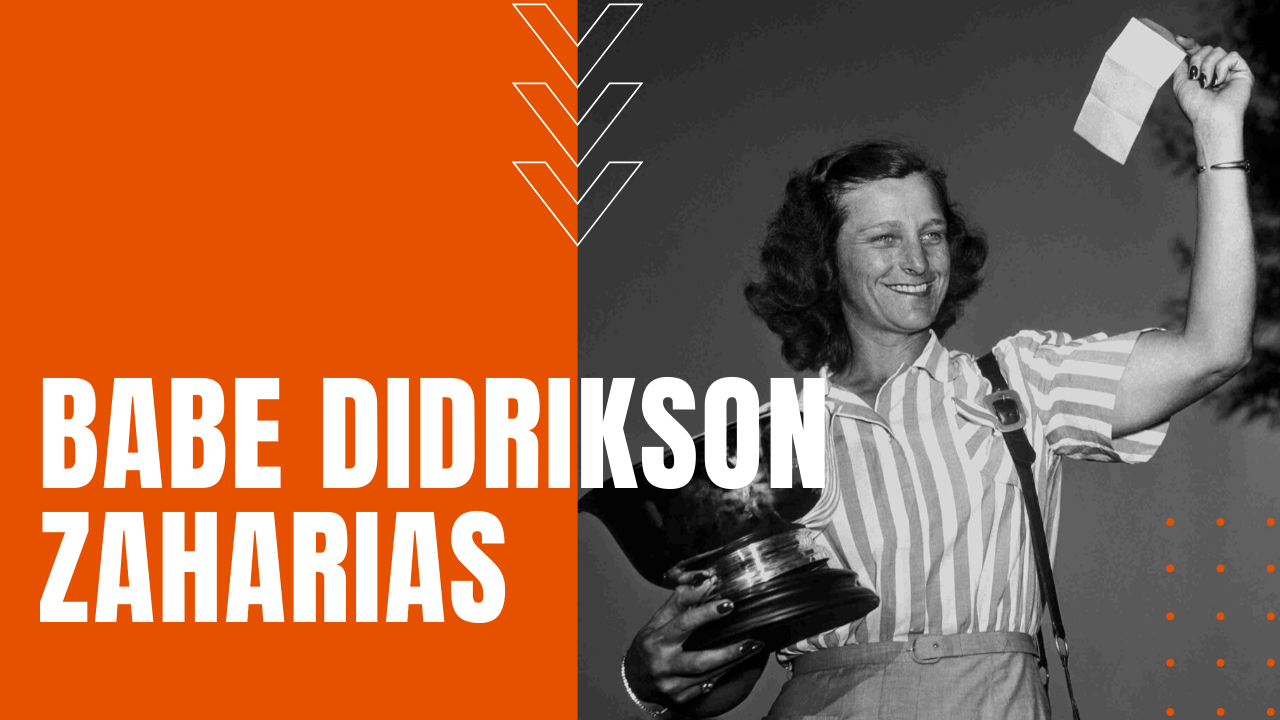Babe Didrikson Zaharias

Widely regarded as one of the greatest athletes of all time, when Babe Didrikson was four years old, she and her six siblings moved to Beaumont, TX, and while she wasn’t much of a student, she proved to be an amazingly talented athlete.
Track and Field Olympian
When she was 21, she gained worldwide attention at the Amateur Athletic Union Championship in July of 1932, when in less than three hours, she competed in eight different events, winning five and tying for first in a sixth. She set four world records that day, including the javelin, 80-meter hurdles, the baseball throw and the high jump.
Later that month, she competed in the 1932 Summer Olympics in Los Angeles, winning gold for both the hurdles and the javelin throw, along with a silver for the high jump.
Professional Golfer
After the olympics, Babe took up golf, becoming the dominant name—and in fact, the number one woman in golf throughout the late nineteen-thirties and forties, becoming the first American to win the Lady’s British Amateur. During one particular hot streak, she won 13 major tournaments in a row.
Babe’s Extracurricular Activities
In 1938, she married a professional wrestler named George Zaharias—a loving union that would last for the remainder of Babe’s life. Besides her reputation as the greatest female golfer to ever play the game, Babe also excelled at baseball, softball, diving, basketball, boxing and ice hockey, while her skills as a harmonica player landed her a recording contract with Mercury Records.
Babe Didrikson Zaharias’ Cause of Death
Sadly, in 1953, Babe was diagnosed with colon cancer, and while she battled the illness for two years, she finally lost her struggle at the still tender age of 45.
Despite her death sentence diagnosis, she continued to play elite-level golf right up to the end of her life, holding onto her number one ranking right up to the end. In her lifetime, Babe won the Associated Press Female Athlete of the Year six times, while in 1999, AP named her the greatest female athlete of the 20th century.
